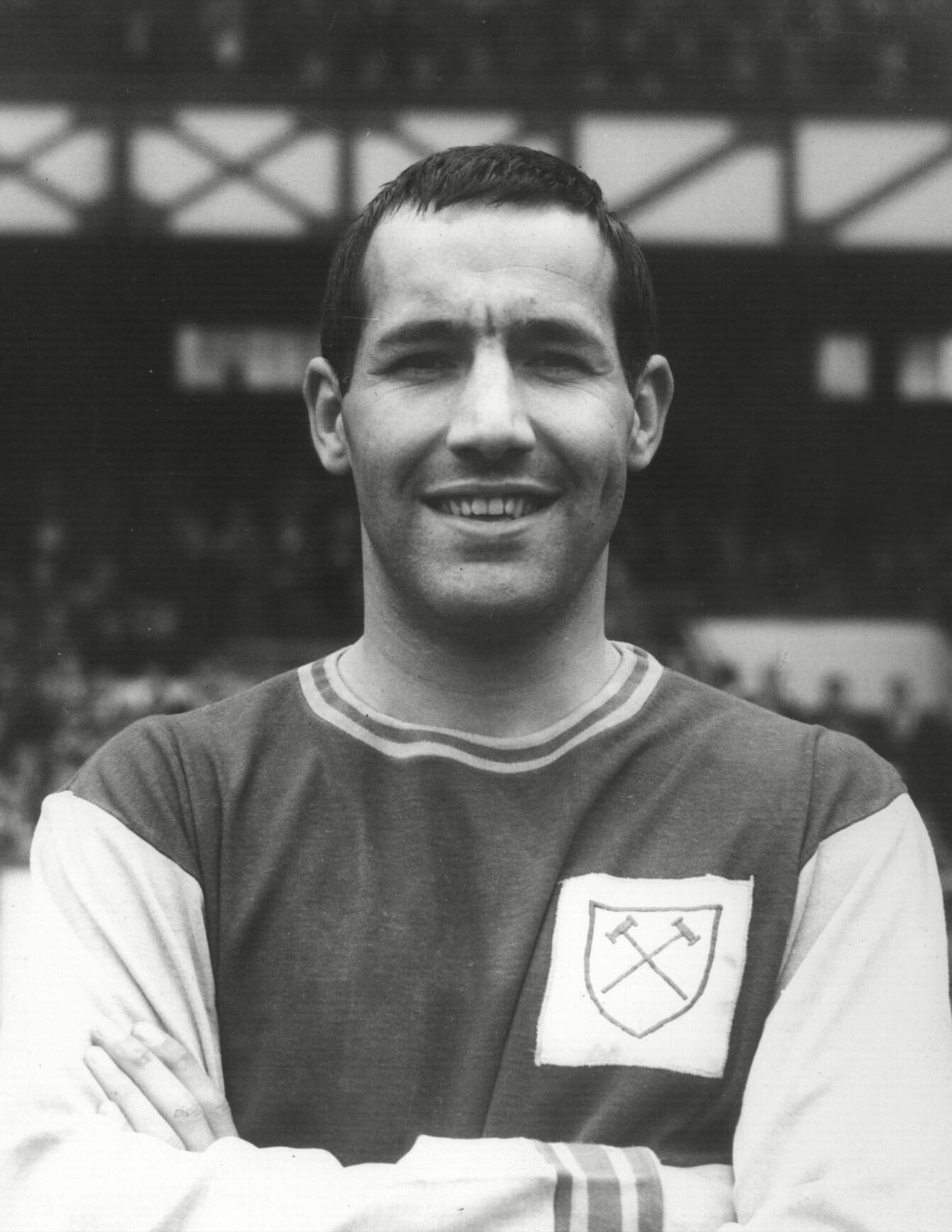
Aberdeen janitor Jim McLean became a referee in the world’s first football super league and got beaten up for his troubles.
McLean proved Scottish football bosses wrong after being struck off the referees list in 1948 for being “too old” to handle senior games.
He left his job as a janitor at an Aberdeen school and emigrated to America at the enforced end of a long career in the Scottish League.
McLean became a caretaker with a New York bank.
He continued his refereeing career in America to such good effect that he was a US nomination to handle World Cup games in the 1950 finals in Brazil.
McLean took charge of big matches
McLean’s growing reputation saw him take charge when teams from England and Scotland started to be invited to tour North America in the 1950s.
He was the referee when Aberdeen played Everton in New York in 1956 when the Dons were box-office material by virtue of their league success a year earlier.
McLean was also in charge when Hearts defeated Manchester City 6-5 in 1958 at Ebbets Field in New York, which was the home of the Brooklyn Dodgers.
Hearts lifted the Empire State Cup after winning the three-game series and McLean described them as the “best touring side seen in America”.
The International Soccer League was created in 1960 by William Cox, a wealthy US businessman and former owner of the Philadelphia Phillies baseball team.
The ISL was the first modern attempt to create a major soccer league in the US and featured guest teams primarily from Europe but also Asia, South America, Canada and Mexico.
In addition to the imported teams, the league included, for several seasons, a team representing the United States, called the New York Americans or the New Yorkers.
The summer competition format consisted of two sections with the winners going forward to play a two-legged championship match to decide the league’s winners.
Over the league’s six-year run, a total of 60 teams played in the competition, including Bayern Munich, Sampdoria, Sporting Lisbon and Dukla Prague.
McLean was in charge for the second-leg of the August 1963 play-off match at Randall’s Island Stadium in New York between West Ham United and Górnik Zabrze.
The first-leg finished 1-1 – leaving the match on a knife-edge.
‘There was pandemonium’
Trouble broke out after McLean ruled two Górnik Zabrze goals offside on 62 and 69 minutes with West Ham leading 1-0 from a Geoff Hurst strike just before half-time.
McLean ended up with face cuts, broken dentures and a torn shirt when 200 exiled Polish fans leapt the railings and invaded the pitch to attack him.
The Daily Herald described the “amazing scenes”.
The report stated: “In the second half hundreds of fans invaded the pitch, tore referee Jim McLean’s shirt off his back and broke some of his teeth.
“This followed the referee’s decisions, ruling out two Górnik goals for offside.
“McLean was pursued by howling spectators, jostled and hit.
“I saw several blows struck.
“One linesman was sent staggering from a rabbit punch when a fanatic leaped the railings surround the pitch.
“The large Polish contingent threw beer cans.
“There was pandemonium.
“The trouble began when Erwin Wilczek sent a header into the net and the goal was disallowed.
“A linesman flagged for offside and I thought two Poles were out of position.
“Then Wilczek shot into the net and the linesman signalled for a goal but I thought the referee gave a good decision in ruling him offside.
“Supporters carrying the Polish flag invaded the pitch and fought madly with security guards.
“Over the loudspeakers came warnings that the game would be abandoned unless the row was stopped.”
Despite appeals from Górnik’s club president to the Polish fans to restore order the game was held up for half an hour, during which time the players left the pitch.
Police made three arrests and cleared the pitch before the final 21 minutes were played with a linesman taking over from the injured McLean.
The Hammers were able to hold on to their slender lead to win the play-off 2-1 on aggregate.
West Ham manager Ron Greenwood said afterwards that what happened was “unfortunate” but he was in no doubt that McLean’s decisions were correct.
West Ham star recalls attack in 1963 Gornik Zabrze game
West Ham midfielder Eddie Bovington, who is now 82, came on for Alan Sealey during the match, which was played in a 78 degree heat in New York.
He told me: “The US tour was done in two visits – one for qualifying and the other to play the major games.
“I missed the first tour as I was getting married.
“It was my first time in the US and I remember going to Jack Dempsey’s bar in New York and the steam rising from the manhole covers.
“I was back for the game against Górnik and I will never forget the riot.
“It was quite scary but in the end the players saw that the Górnik supporters had no intention of hurting them.
“They wanted to take their frustration out on the official.”
McLean put the incident behind him and the development of soccer in America was to provide him with many of the most memorable moments of his career.
Although he was a football referee, his “proper” day job Monday to Friday was security caretaker with a bank in New York, before he retired at the age of 69.
McLean died in New York in the 1980s, aged 76, and the headline of his obituary article described him as “the man who proved Scottish football bosses wrong”.




Conversation